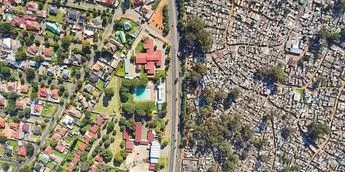
The wealthiest markets in Africa, South Africa, Egypt, Nigeria, Kenya, and Morocco, account for 56% of the continent's millionaires and over 90% of its billionaires.
Globally, the gap between the rich and the poor has been growing steadily, particularly in both developed and developing countries. In wealthier nations, while the upper echelons of society accumulate substantial fortunes, those in lower income brackets often struggle to meet basic needs.
However, the situation is even more pronounced in developing regions like Africa, where historical factors, political instability, corruption, and inadequate economic structures have exacerbated wealth inequality.
Wealth inequality refers to the uneven distribution of financial resources among individuals within a country. One commonly used metric to assess this inequality is the Gini Index, where a score of 0 represents perfect equality and 100 indicates extreme inequality.
While wealth can drive innovation and economic growth, its concentration in the hands of a few often raises concerns about fairness, social justice, and potential threats to political stability.
The United States, despite being one of the richest countries globally, has the 12th highest wealth inequality in the world, with a Gini index value of 41.4%.
According to Henley & Partners' 2024 Africa Wealth Report, Africa is home to 135,200 high-net-worth individuals (HNWIs) with investable wealth exceeding USD 1 million. The continent also boasts 342 centi-millionaires, each worth USD 100 million or more, along with 21 billionaires.
The wealthiest markets in Africa, South Africa, Egypt, Nigeria, Kenya, and Morocco, account for 56% of the continent's millionaires and over 90% of its billionaires.
However, wealth inequality is a significant issue in the region. South Africa leads globally with the highest wealth inequality, recording a Gini index score of 63%, followed closely by Namibia at 59.1%.
Below are the top 10 African countries with the highest wealth inequality:
| 1 | South Africa | 63.0 |
| 2 | Namibia | 59.1 |
| 3 | Zambia | 57.1 |
| 4 | Sao Tome and Principe | 56.3 |
| 5 | Central African Republic | 56.2 |
| 6 | Eswatini (Swaziland) | 54.6 |
| 7 | Mozambique | 54.0 |
| 8 | Botswana | 53.3 |
| 9 | Angola | 51.3% |
| 10 | Guinea Bissau | 50.7% |

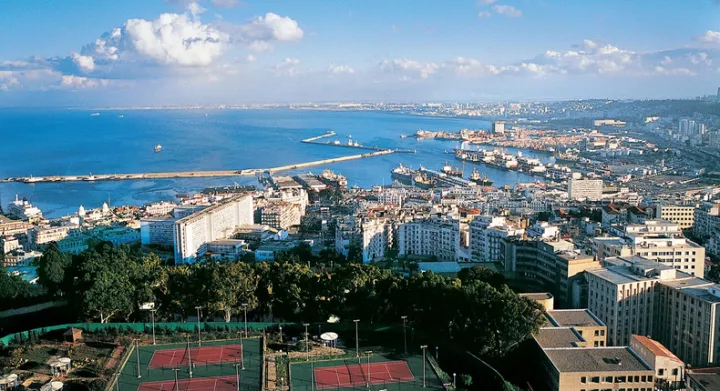
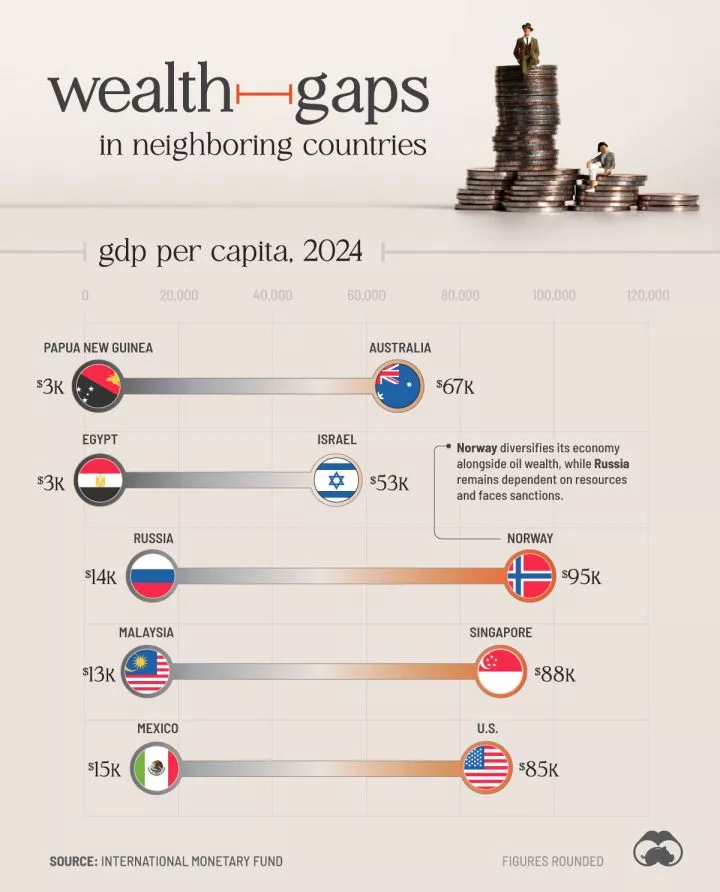


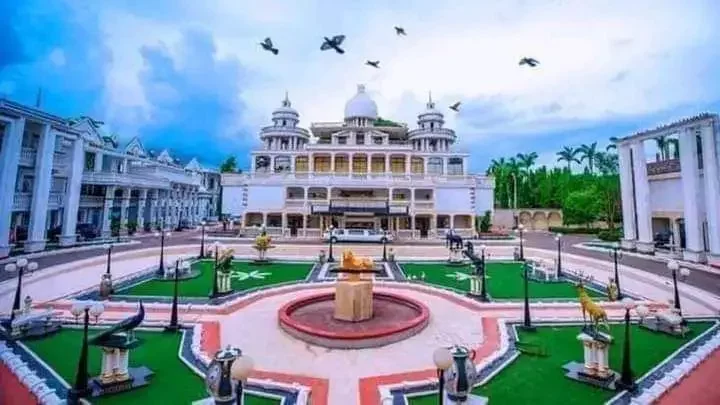


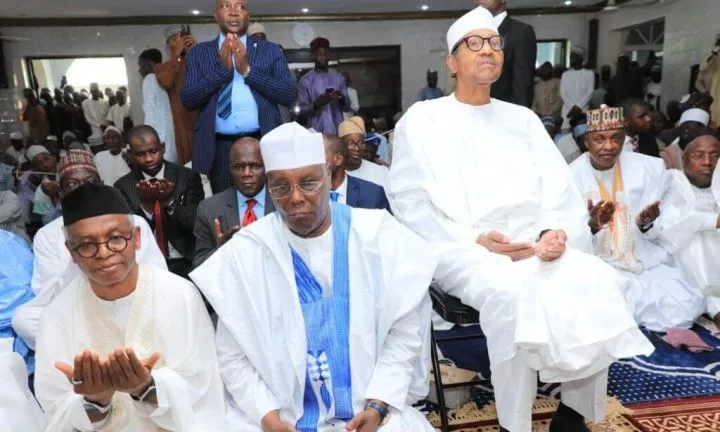

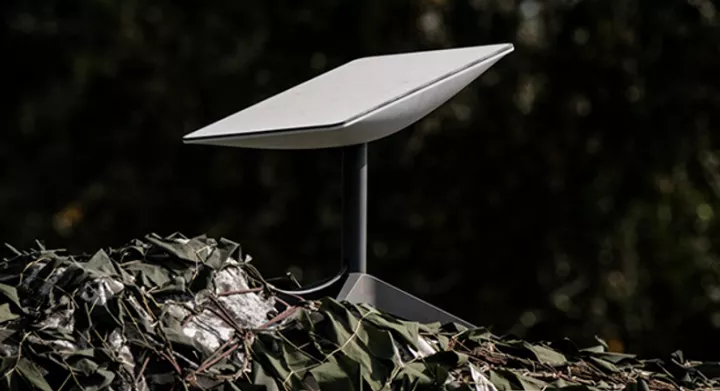






Comments